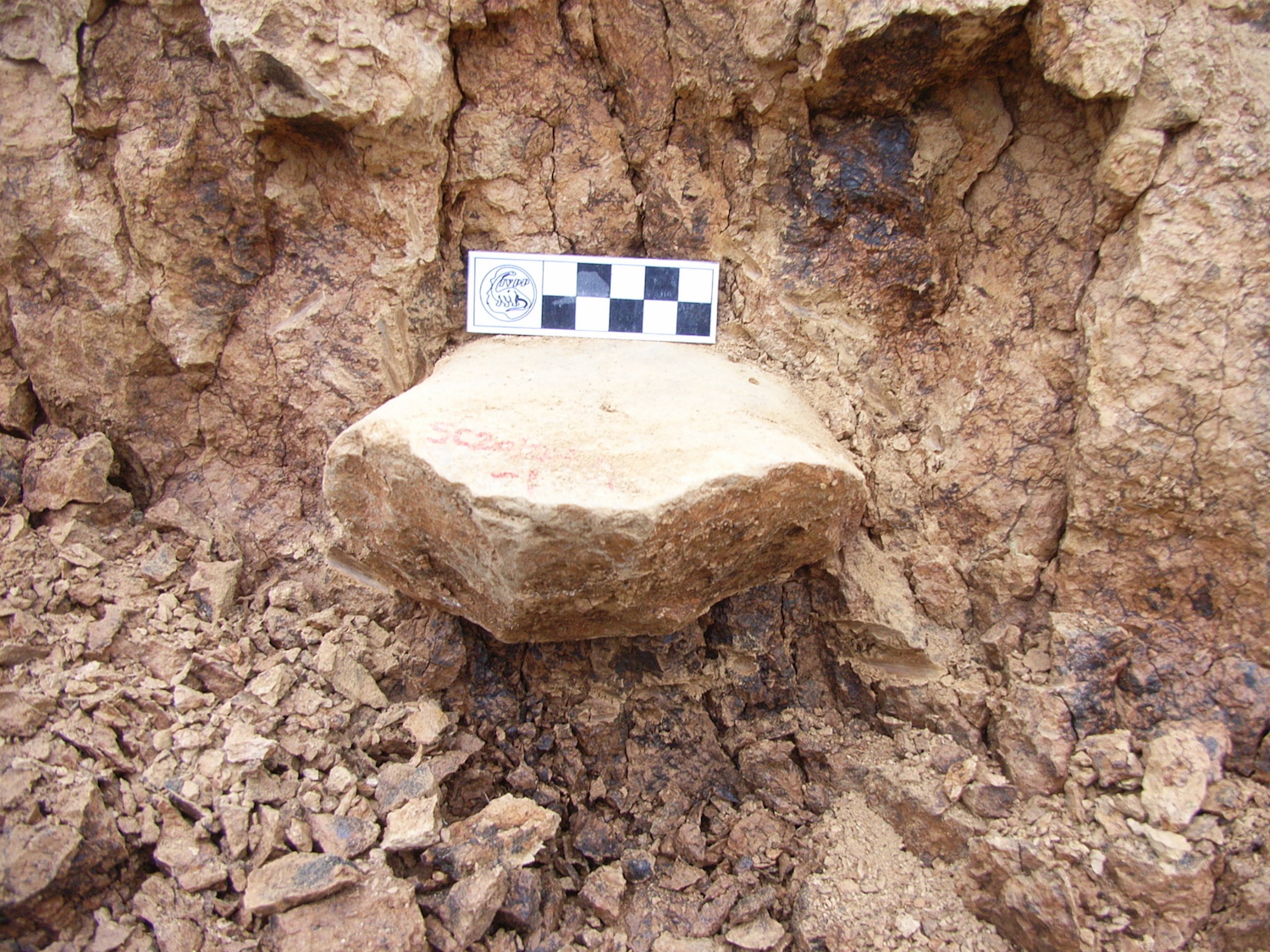Earliest Evidence of Our Human Ancestors Outside of Africa Found

Our ancient human relatives got around more than scientists previously thought. Researchers in China excavated stone tools that were likely made by our human ancestors some 2.12 million years ago — the earliest evidence ever discovered of the human lineage outside of Africa.
"It suggests a way earlier migration out of Africa than we ever would have imagined," said Michael Petraglia, a paleoanthropologist at the Max Planck Institute for the Science of Human History, who was not involved with the study. "It's very exciting."
Archaeologists from China and the United Kingdom discovered dozens of quartz and quartzite stones at Shangchen, China, on the Loess Plateau, named for the yellowish-gray sediment (called loess) that dominates the landscape. The site is geologically unique in that it contains several layers of loess: a fine, windblown sediment stacked in layers dating from 1.26 million to 2.12 million years ago in the area where the artifacts were found. [See Photos of Our Closest Human Ancestor]
Hominins, which may have originated in Africa up to 6 million years ago, include all the species that emerged after the human lineage, or the Homo genus, split from that of chimpanzees. To date, scientists have discovered hominin artifacts and fossils dating to 1.5 million to 1.7 million years ago in various spots outside of Africa. Until now, the earliest evidence of hominins outside of Africa came from a skeleton and artifacts linked to Homo erectus and dating to 1.85 million years ago. These were found in Dmanisi, in the Republic of Georgia, in 2000.
Several pieces of evidence make a strong case for the researchers' interpretation and dating of these stone tools, the scientists said.
"On the one hand, you feel excited, because you don't often find artifacts in their original context," said study co-author Robin Dennell, a paleoanthropologist at the University of Exeter in the United Kingdom, referring to the fact that the artifacts had stayed put in the original layer of sediment. But on the other hand, he said, it's important to be skeptical and careful when analyzing such ancient pieces.
"The most important point to establish is that they really are artifacts," Dennell told Live Science in an email.
Sign up for the Live Science daily newsletter now
Get the world’s most fascinating discoveries delivered straight to your inbox.
To an untrained eye, the stones may look like the product of natural processes, chipped and carved over time. But the experienced researchers in Dennell's team noticed how the flaking of the stones was repeated to create lines in various directions.
The other big sign that the stones are tools: The Loess Plateau is a stone-free landscape. "There are no natural processes that could have flaked these items, so you know that any flaked object could only have been flaked by an early human," Dennell told Live Science.
The presence of these stone tools suggests that human ancestors left Africa roughly 10,000 generations earlier than previous estimates suggested. But experts aren't sure what species of hominin was actually making the tools, said Petraglia.
"It could be Homo erectus, but, because it's so early, it's also possible it's an even earlier ancestor," Petraglia said. "It really opens all sorts of questions with respect to migrations out of Africa and the ability of these humans to adapt to various ecological circumstances."
Their study was published today (July 11) in the journal Nature.
Original article on Live Science.

Kimberly has a bachelor's degree in marine biology from Texas A&M University, a master's degree in biology from Southeastern Louisiana University and a graduate certificate in science communication from the University of California, Santa Cruz. She is a former reference editor for Live Science and Space.com. Her work has appeared in Inside Science, News from Science, the San Jose Mercury and others. Her favorite stories include those about animals and obscurities. A Texas native, Kim now lives in a California redwood forest.









